West Village - Bleecker St.
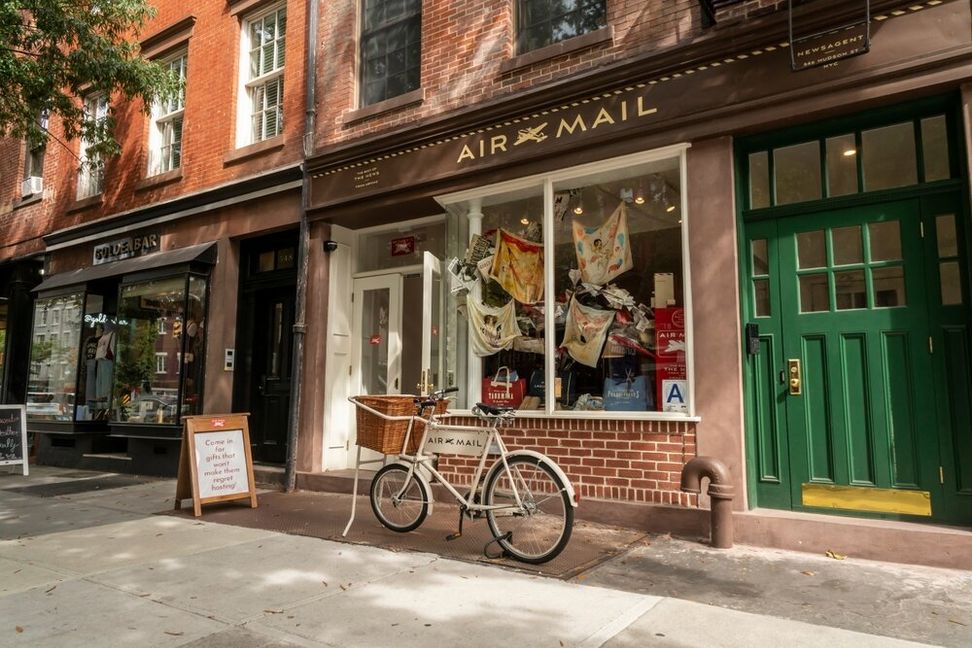
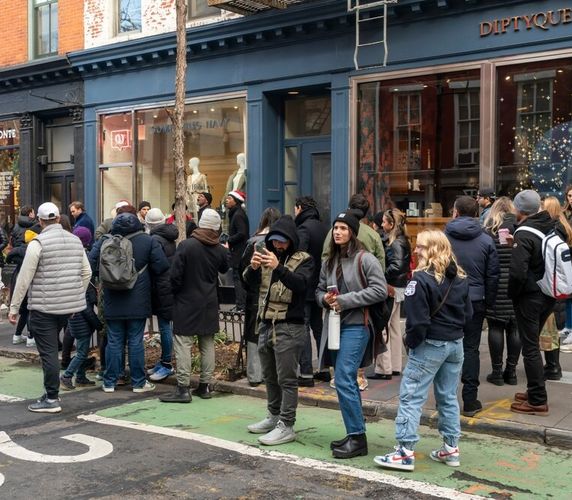
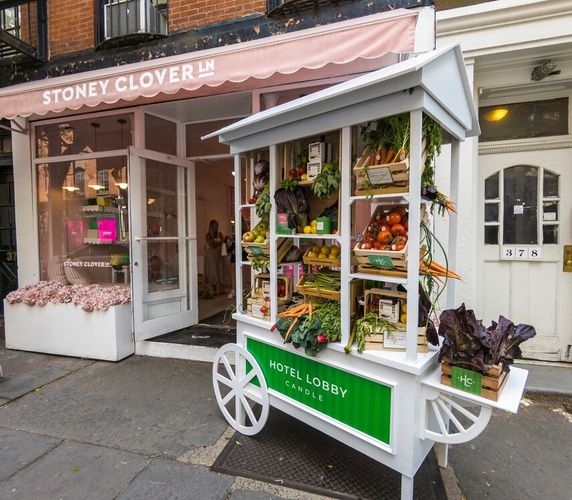
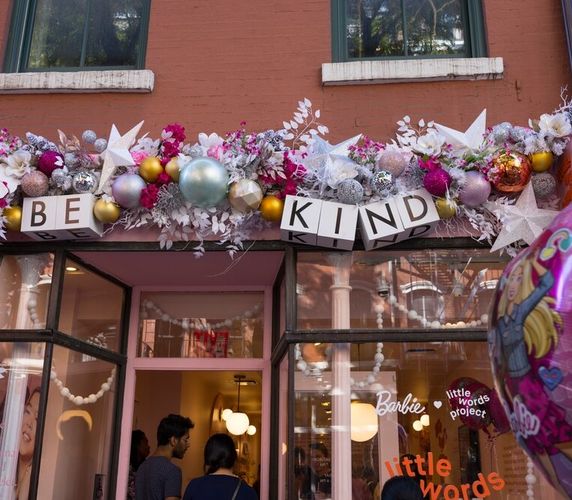
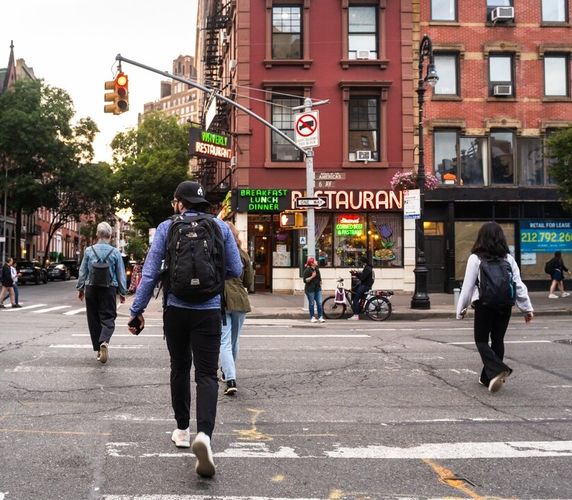
Description
Tucked into the western edge of Lower Manhattan, the West Village exudes a sense of place – a familiarity few neighborhoods in New York can rival. Long before it became a coveted destination for digitally native brands and luxury boutiques, this neighborhood was a home, full stop. A refuge to artis
Join now to access the complete information.
street Details
Annual foot traffic
500,000 people/year
Daily vehicle traffic
15,000 vehicles/day
Population
25,000 people within
Day time population
35,000 people within
Household income (median)
$75,000.00 annually
Age (average)
> 35 years old within
Join now to access the complete information.
Sample Space 1
1000 SF
Suitable for retail, restaurant, office
Sample Space 2
1500 SF
Suitable for retail, restaurant, office
Sample Space 3
2000 SF
Suitable for retail, restaurant, office

Cleo Downtown, a new rotisserie-focused restaurant from the team behind Margot and Montague Diner, is set to open in spring 2026 in the West Village. The 35-seat concept will replace longtime tenant Piccolo Angolo, marking a notable Brooklyn-to-Manhattan expansion.
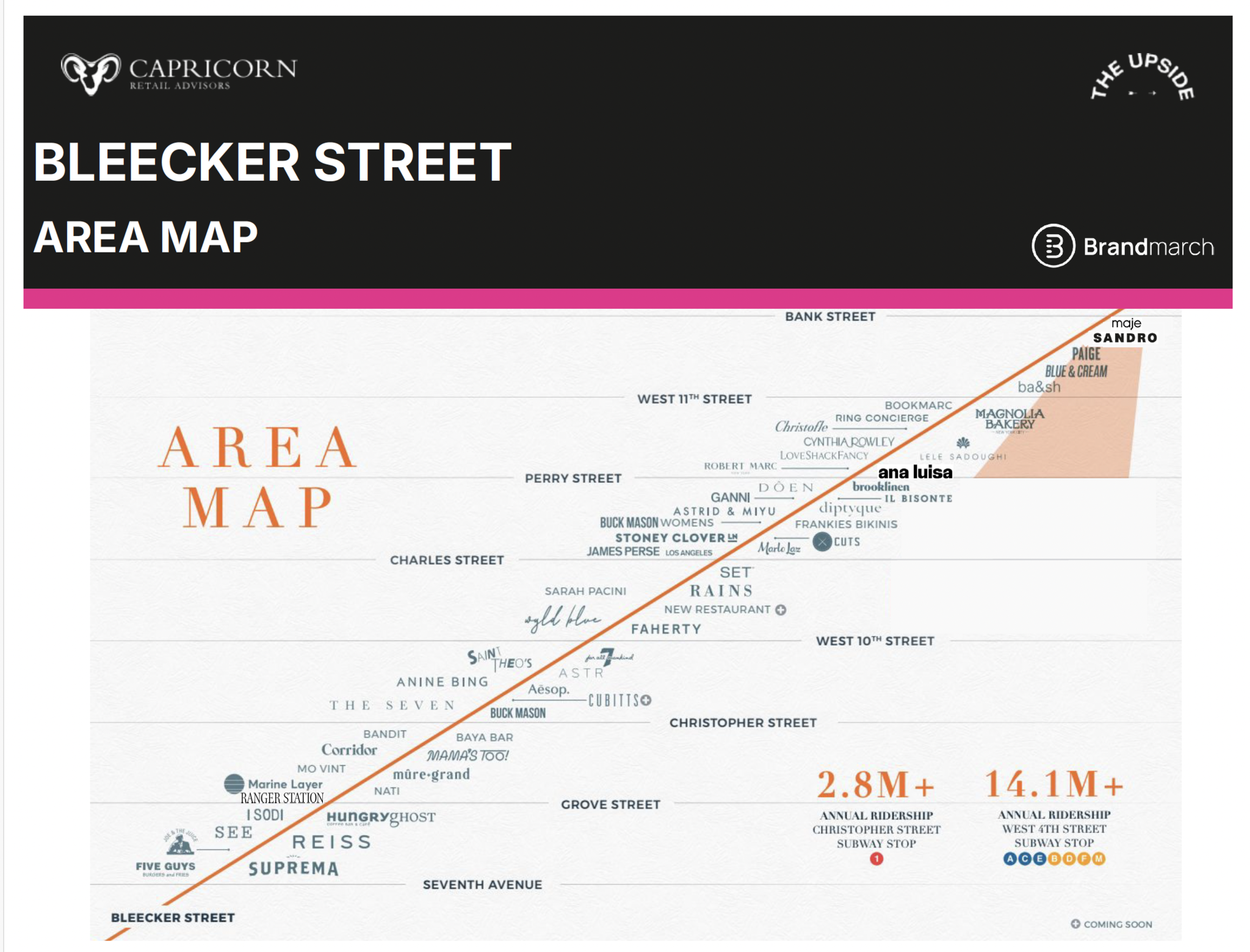
Check out the latest West Village - Bleecker Street map from Capricorn Retail Advisors Carly Ibach & Josie Tummillo.
Join now to access the complete information.
Join now to access the complete information.
Local Expert Analysis
Market Metrics and Leasing Trends
The West Village is amongst New York City’s top three retail destinations — particularly for brands looking to launch a boutique-scale flagship or establish a refined second location after SoHo or Madison Avenue. Leasing demand remains high, and most storefronts enjoy long-term occupancy with low turnover, a rarity in Manhattan’s volatile retail environment. Rents typically range from $200 to $300 per square foot, with premium blocks like Bleecker between West 10th and West 11th commanding top-of-market attention. While these figures are competitive with similar corridors in SoHo, brands are investing not only in real estate but in cultural alignment and co